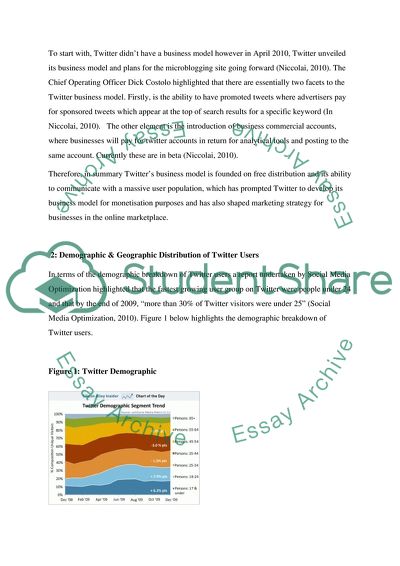Cite this document
(Twitter Business Model Case Study Example | Topics and Well Written Essays - 1750 words, n.d.)
Twitter Business Model Case Study Example | Topics and Well Written Essays - 1750 words. Retrieved from https://studentshare.org/e-commerce/1746993-twitter
Twitter Business Model Case Study Example | Topics and Well Written Essays - 1750 words. Retrieved from https://studentshare.org/e-commerce/1746993-twitter
(Twitter Business Model Case Study Example | Topics and Well Written Essays - 1750 Words)
Twitter Business Model Case Study Example | Topics and Well Written Essays - 1750 Words. https://studentshare.org/e-commerce/1746993-twitter.
Twitter Business Model Case Study Example | Topics and Well Written Essays - 1750 Words. https://studentshare.org/e-commerce/1746993-twitter.
“Twitter Business Model Case Study Example | Topics and Well Written Essays - 1750 Words”, n.d. https://studentshare.org/e-commerce/1746993-twitter.


